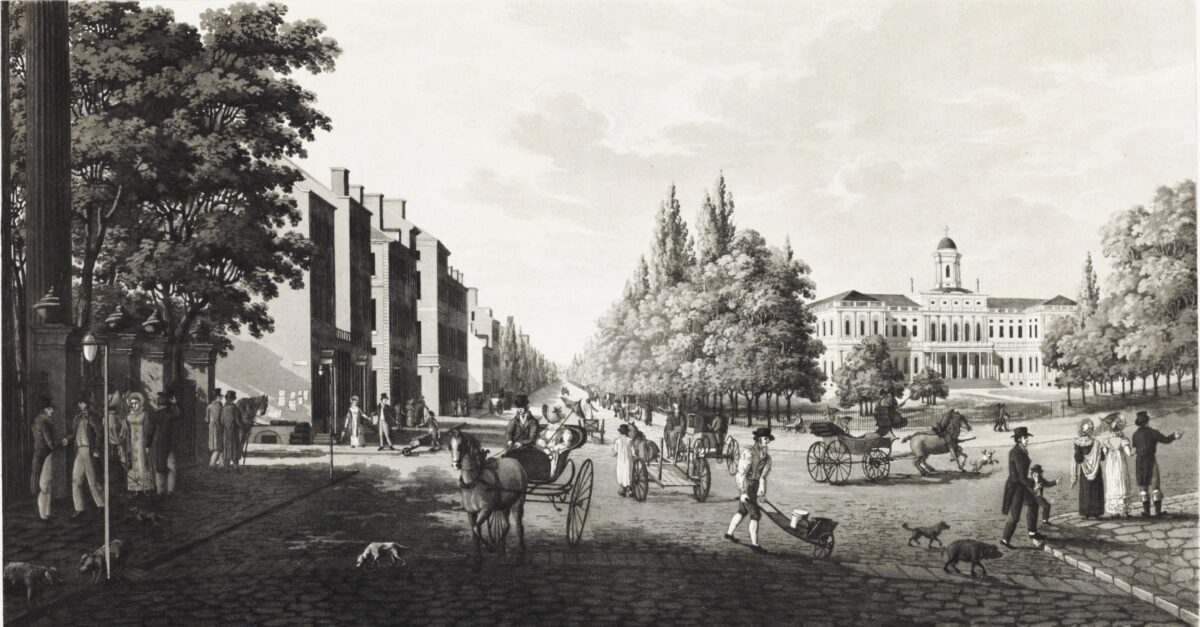We’re just months away from a new mayor in New York City so we think it is time that you Know Your Mayors! Become familiar with other men who’ve held the job, from the ultra-powerful to the political puppets, the most effective to the most useless leaders in New York City history.
This longtime feature of this website is being rebooted with new articles and newly researched and refreshed earlier entries in this series. Check back every other week for a new installment. Read past articles here.
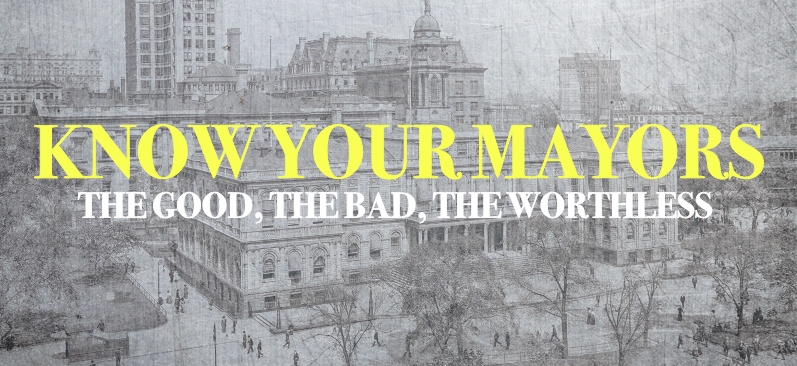
The most influential political force in New York City history isn’t an individual but a group of men who wielded power in often corrupt, entirely self-enriching ways. They were elected again and again because — at various times in history — they were able to convince the public that they were a better option than the city’s elites.
And sometimes they actually were. Occasionally they even kept the city running smoothly and served with the needs of their constituents in mind.
Thus is the power of a political machine. And thus was the power of Tammany Hall.
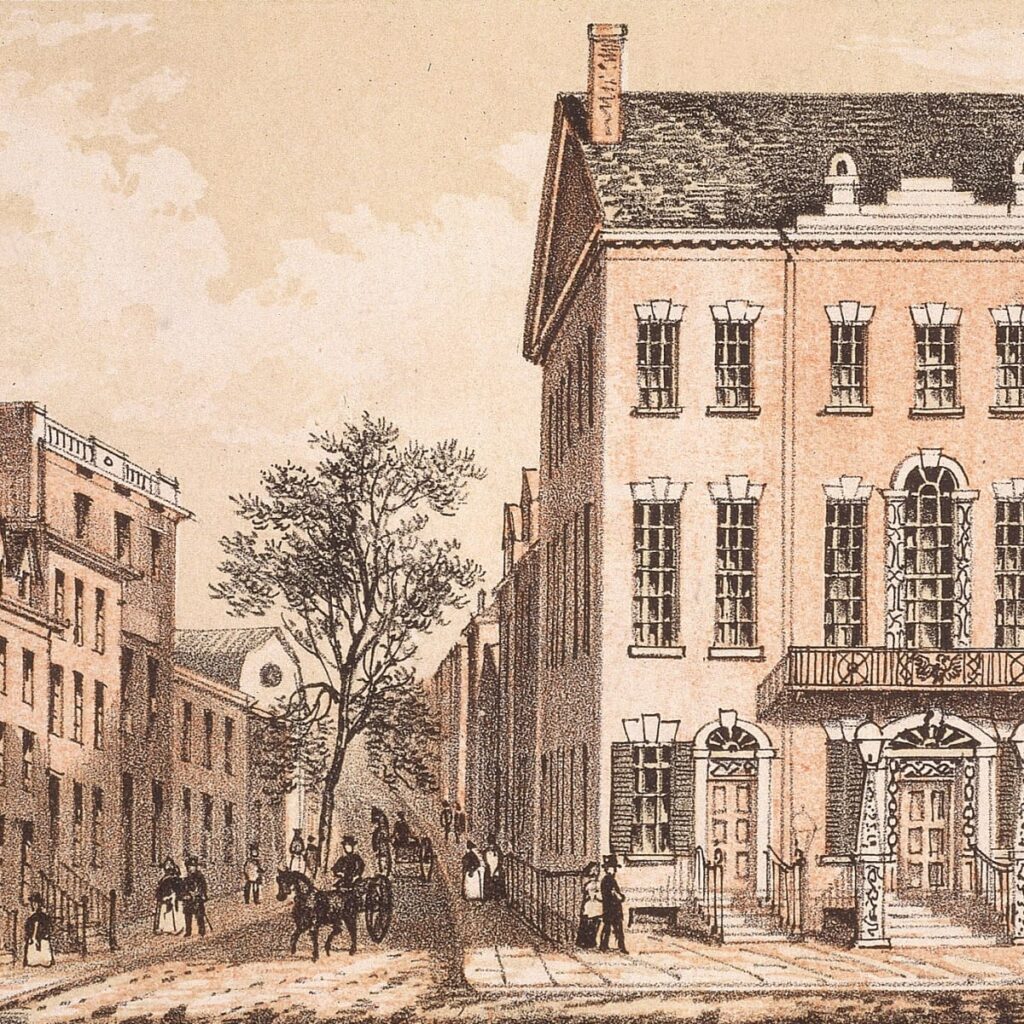
What is Tammany Hall?
The year 1815 marks the real beginning of New York City’s Tammany Hall era. It was the year that the organization first realized its fullest political potential.
The legendary Democratic political machine had of course been around long before, founded in 1789 as the Tammany Society, a patriotic club formed around the legend of the Lenape leader Tamanend.
These white gentlemen war veterans participated in garish exaggerations of Native American ceremonies, forming a structure of command under a Grand Sachem (leader or, later, Boss).
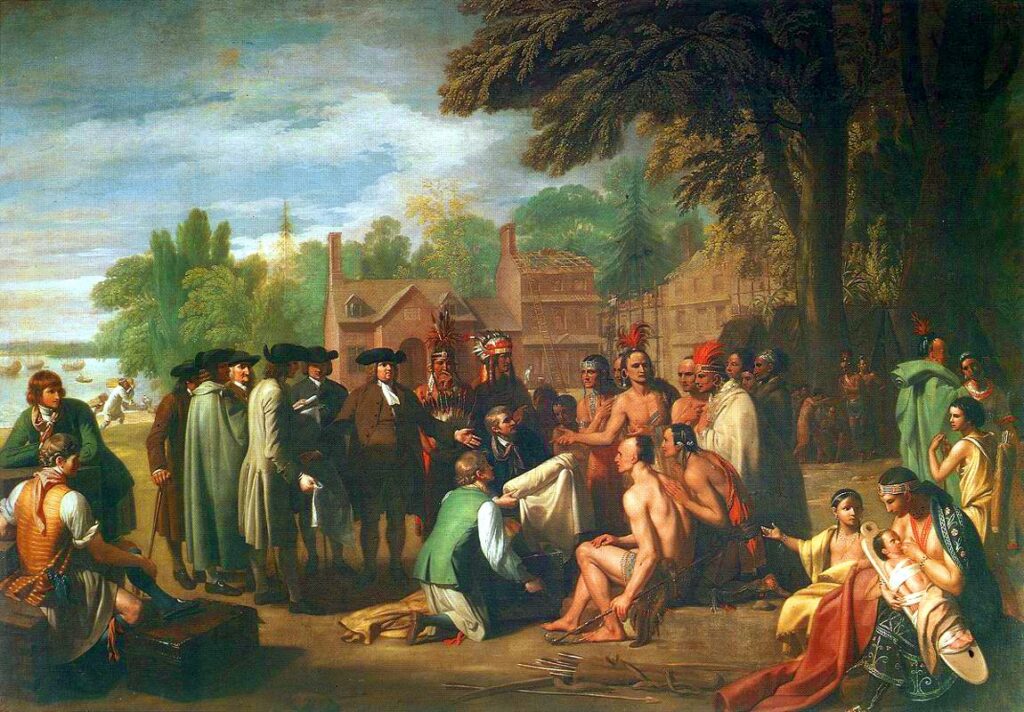
Being comprised of well-connected men in high society, the organization soon took on a political character. It would be Aaron Burr that first exploited its political potential as a mechanism to unite the city’s Democratic-Republicans against Alexander Hamilton and his Federalist forces.
In 1800, Burr became the Vice President after an unusual election outcome that almost handed him the presidency instead of Thomas Jefferson. Burr’s suspicious handling of the election put him on the wrong side of some fellow Democratic-Republicans like governor George Clinton.
And the governor’s ambitious nephew Dewitt Clinton.
This meant that the Clintons would gradually become political enemies to those of Burr’s new political tool — the Tammany Society (or Tammany Hall).
Burr would eventually be sidelined in all things political. (Shooting a Founding Father and attempting to form a new country out west will do that to you.) But the political machine he wielded was only just beginning.
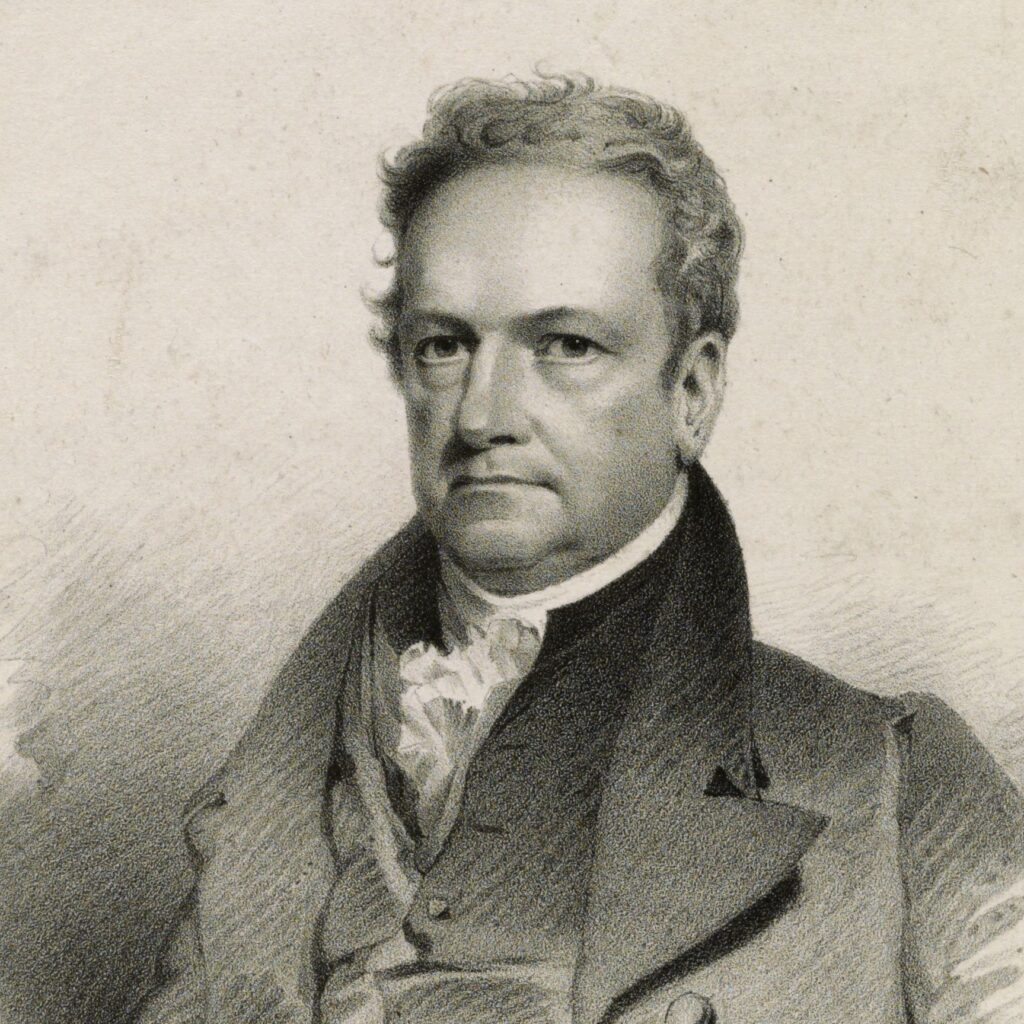
Clinton Entanglements
When Clinton finally became mayor of New York starting in 1803 — serving several consecutive one-year terms — Tammany waited for a moment of weakness to strike. (Read about Clinton’s days as mayor here.)
As stated in previous Know Your Mayor articles, the job of New York mayor was not an elected post at this time, but rather chosen by a state-run Council of Appointments, one year at a time.
The ambitious and well connected Clinton would be appointed to this position for several years, since 1803, excepting a single year when he was replaced by Revolutionary War hero Marinus Willett. (Read more about him here.)
He returned to the mayor’s seat in 1808 but his political entanglements had earned him many new enemies by this time.
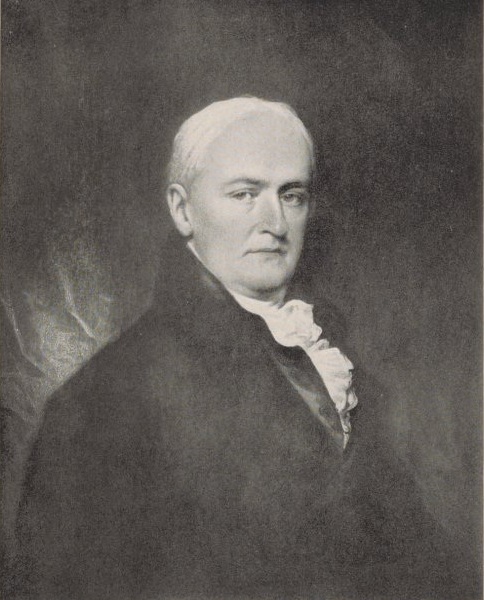
Mayor Jacob Radcliff
Most notably, Clinton, who was a lifelong Democratic-Republican, eventually became an enemy to most of New York’s disenfranchised faction of that party. He was the state’s most popular politician — except with a great many politicians.
Clinton’s political fortunes swung like a pendulum and in 1810 that pendulum swung to the Federalists on the state level.
According to author Oliver Allen, “Tammany plotted circuitously with its leaders to have the Council of Appointment remove Clinton from the mayoralty. The move succeeded but Clinton was only temporarily sidetracked.”
He was replaced with Jacob Radcliff, a former associate of Alexander Hamilton and a justice on the New York Supreme Court whose lasting claim of fame would be as a founding father of the city of Jersey City, New Jersey.
Radcliff was also openly aligned with the Tammany Society and well aware that his new position (more lucrative than a job on the bench) was entirely due to his associations with the nascent political machine.
But the pendulum swung back the following year and Clinton was placed back in the mayor’s seat in 1811. (You think this is confusing so far? Read on.)
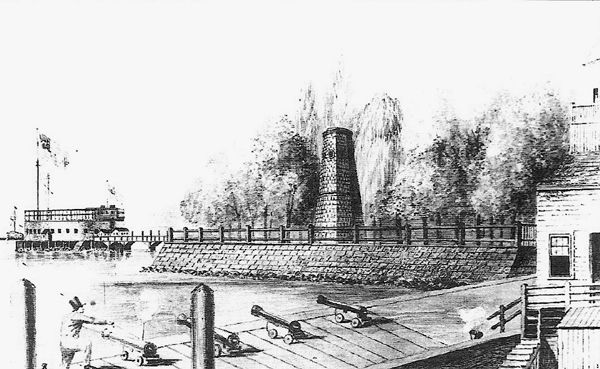
The Brewing War of 1812
Tammany Hall finally gained its more-than-a-century-long foothold over New York City politics with the international crisis known as the War of 1812 — which actually lasted until 1815.
On top of the usual partisan stew of a swiftly growing city, the conflict with England left party affiliations malleable, with Federalists opposing action (even suggesting secession from the United States!) and staunch Democratic-Republicans generally favoring war.
Thus, as you can imagine, it would be difficult to remain balanced in such unstable political waters, even for somebody as saavy and popular a career politician as Clinton.
As war broke out with England in 1812, all political parties and affiliations seemed to disintegrate entirely.
As James Renwick wrote in his biography of Clinton, “On this occasion the old party lines were completely obliterated; no trace of affection for Great Britain remained in any mind, and the very name of federalist only exists to be used as a mode of discrediting a political adversary in the minds of the ignorant.”
As a result, many Federalists jumped ship to join the surging Tammany Democrats. Among their number was the former mayor Radcliff, warmly greeted by Tammany head Grand Sachem John Ferguson.
He would be Tammany’s first ‘boss’ with genuine power.
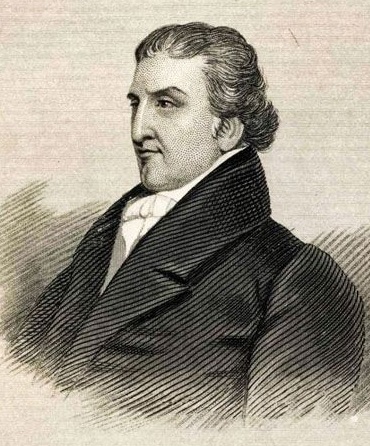
John Ferguson, Mayor and Boss
A perfect storm brewed in 1815 when Tammany — in the first robust display of its powers — for the first time controlled the state senate and enjoyed great gains in local elections.
At last! Tammany could really do what it wanted. And what it wanted was to get rid of that old stalwart Clinton. Once and for all.
And who better to replace him than the head of Tammany himself — John Ferguson?
However, whether by intent or sudden whim, Ferguson stepped down after only three months in office to take on the far-more lucrative job of officer of the Port of New York custom house, according to one source, a major center “of federal revenue, political patronage and potential graft.”
And so he was replaced with — Jacob Radcliff again, now a mayoral appointee representing an entirely different political party from the first time he had the job! In 1815 he moved in the city’s new City Hall and would remain in the position until 1818.
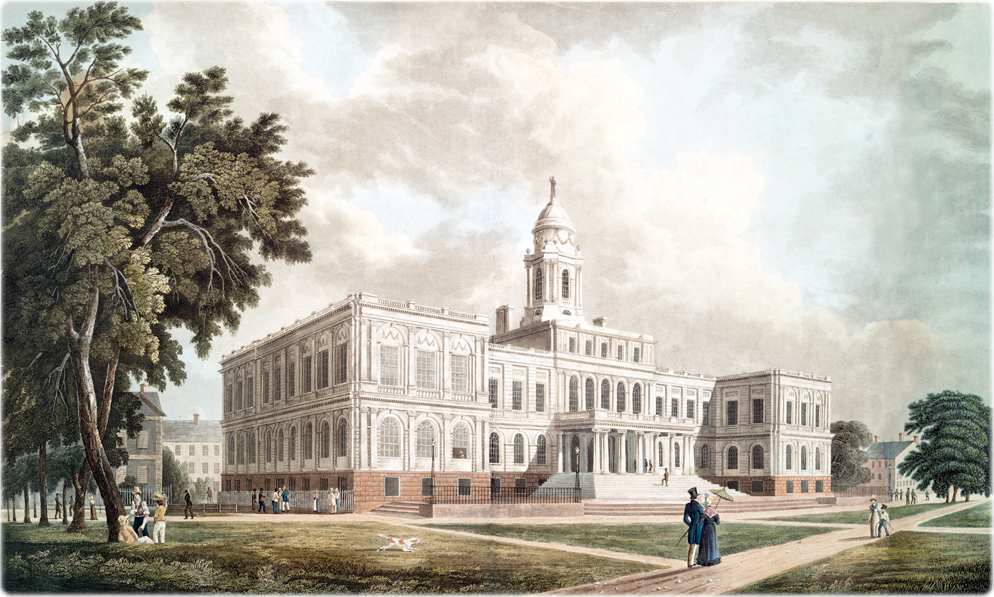
Clinton’s Revenge
Clinton had the last laugh in all of this.
Public support for Clinton was so high by this point that, for political sake alone, “Tammany …. took the utmost pains to represent the removal as only a political exigency” and issued a ‘vote of thanks’ to the former mayor via the Common Council (equivalent of today’s City Council).
Clinton became governor in 1817 and handily swept away his opponents.
Meanwhile, Radcliff was caught up in a scandal when, halfway into his term, he was caught distributing a list of potential Tammany replacements for all still-remaining Federalist Common Council members, a politically insensitive move which galvanized the Council and ensured that 1818 would be Radcliff’s last year ever as mayor.
But it would be tactics like this that would ensure the future of Tammany Hall in local politics.
The political machine was only getting warmed up.
This is an expanded and rewritten version of an article which first ran on this website in 2009.

